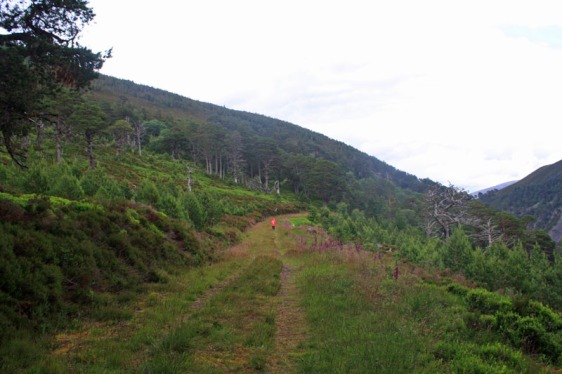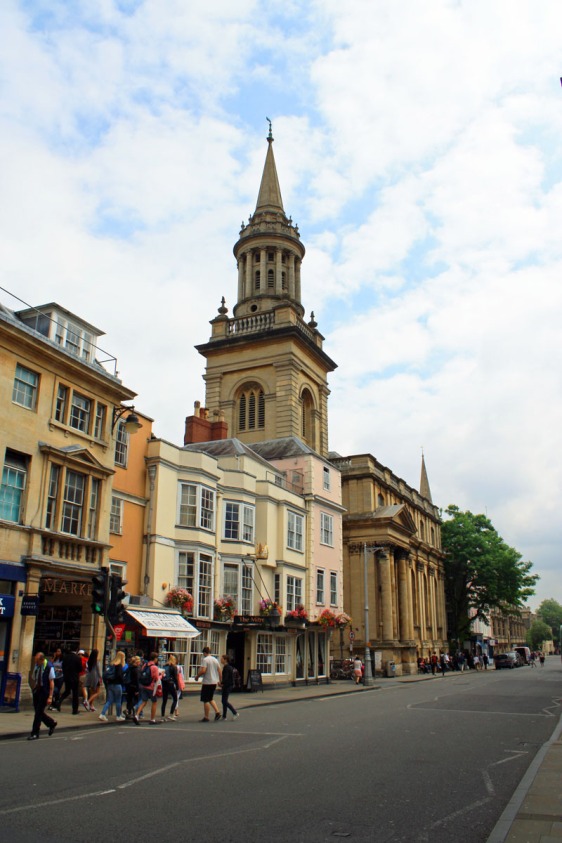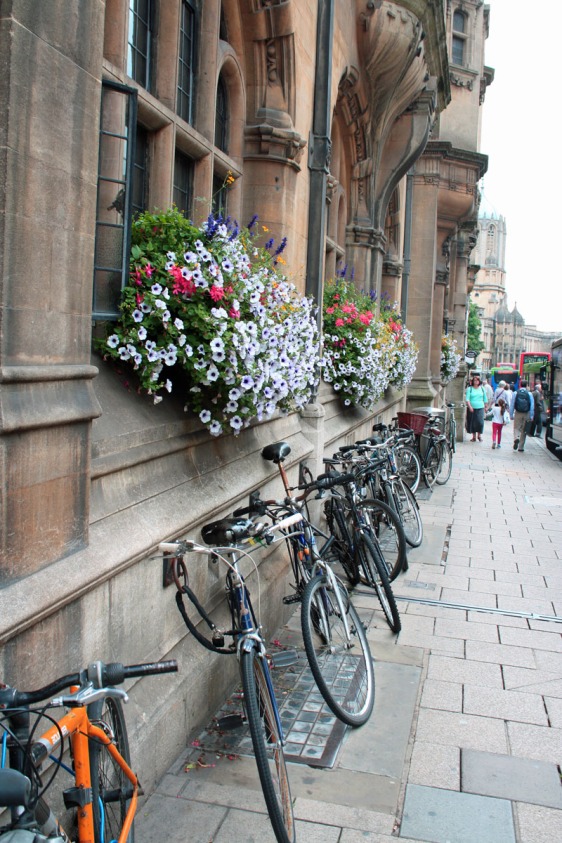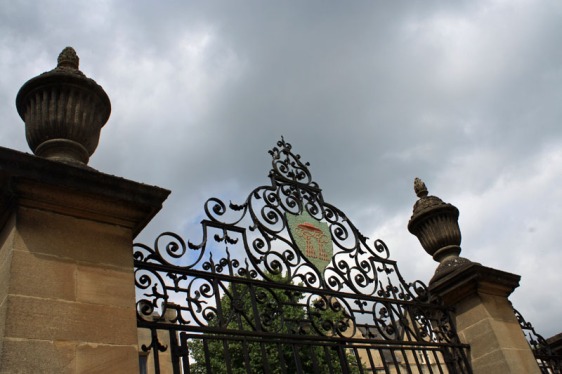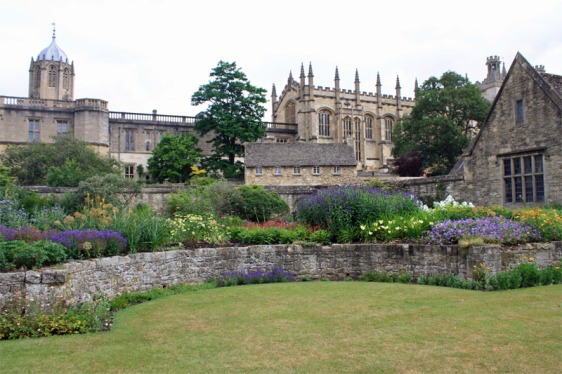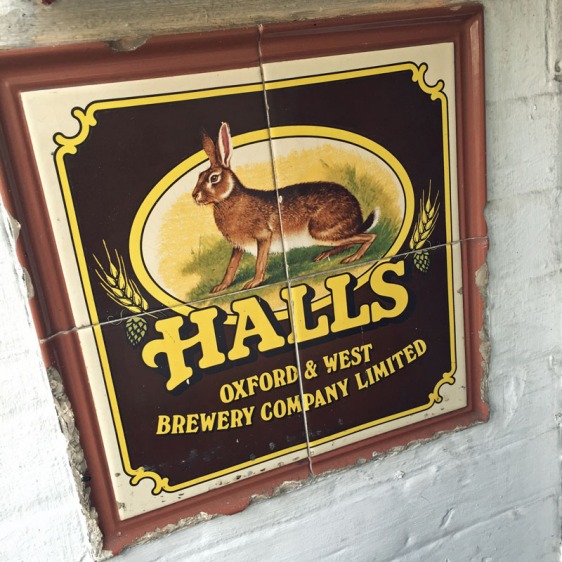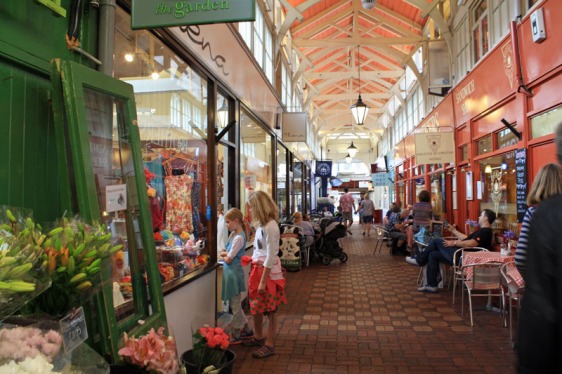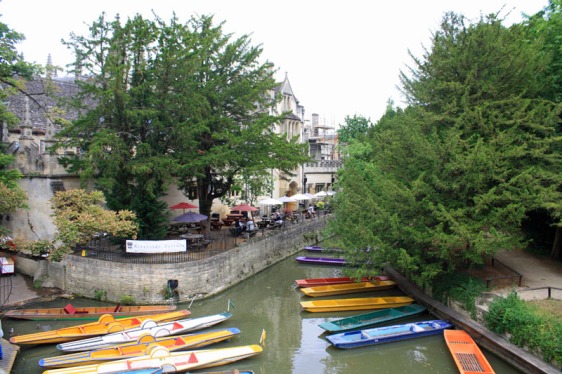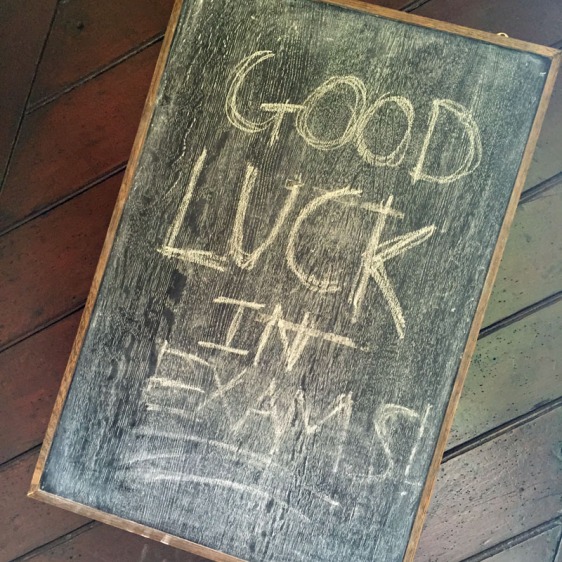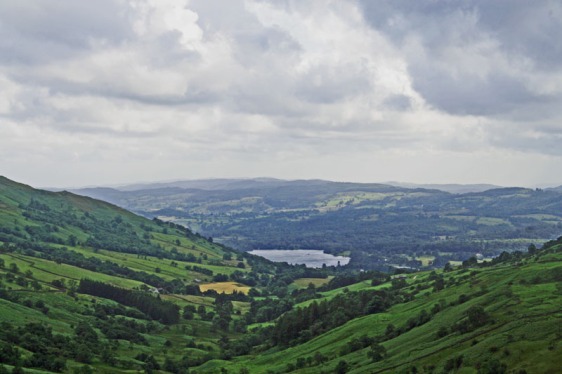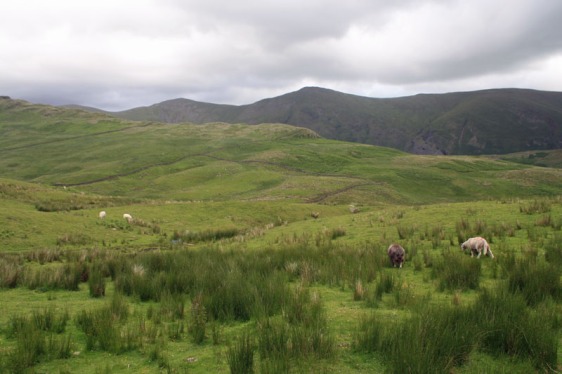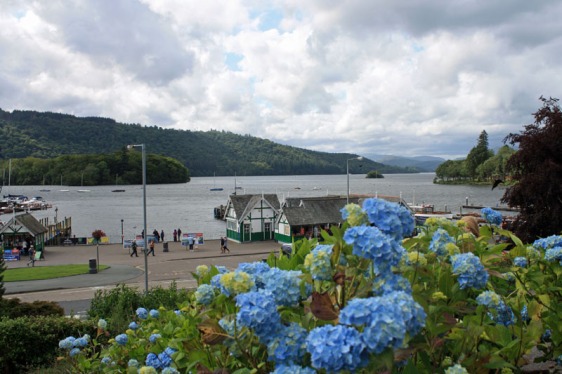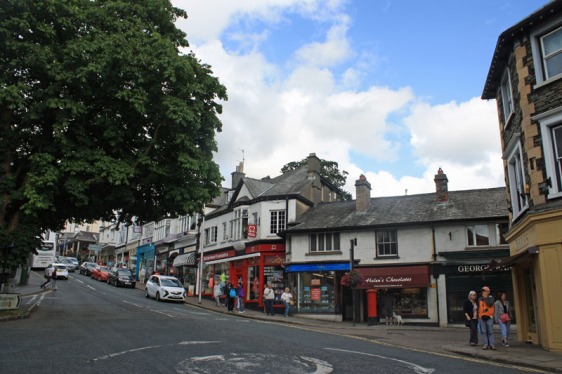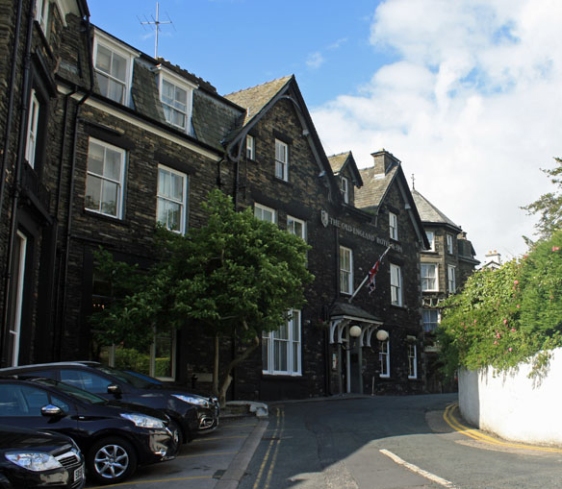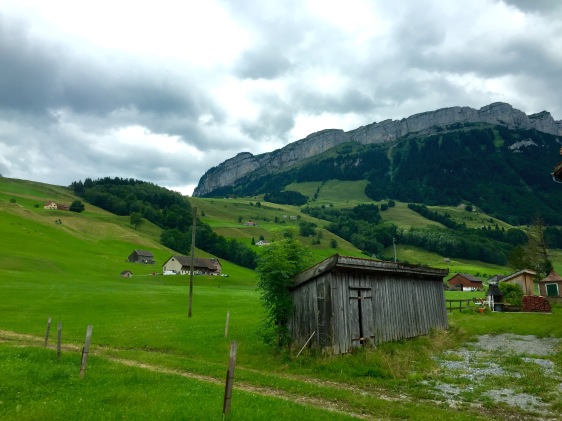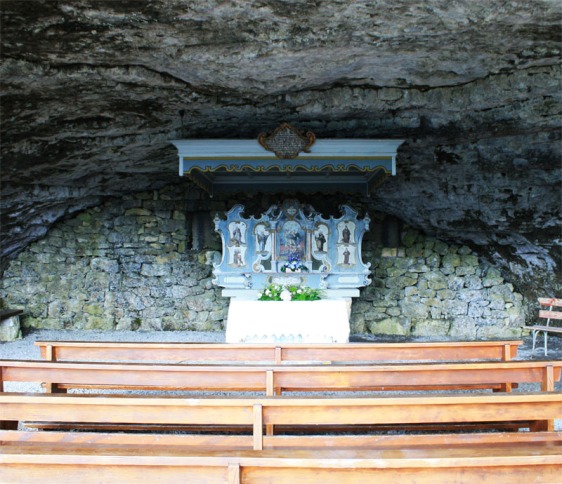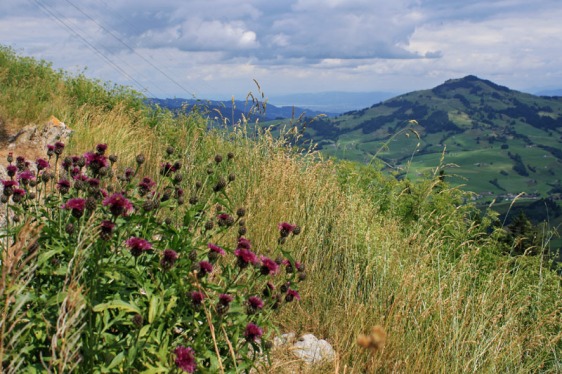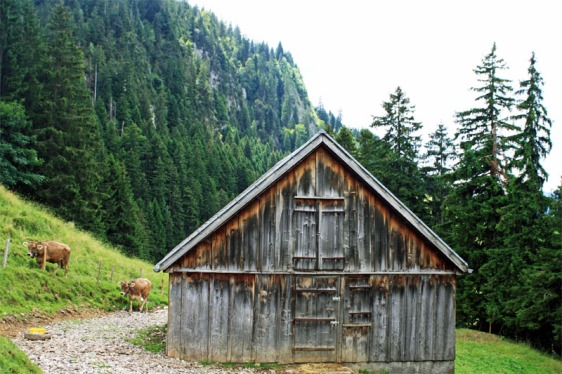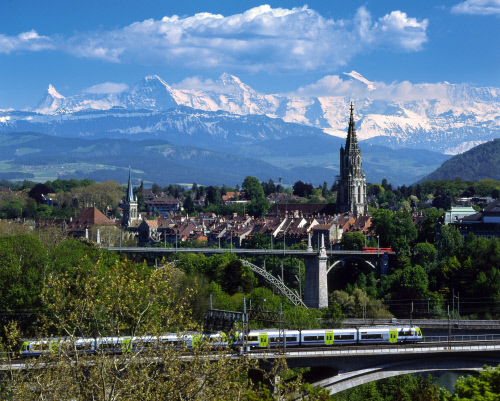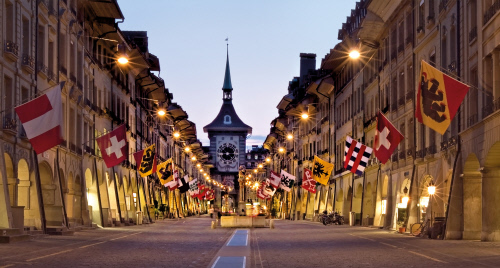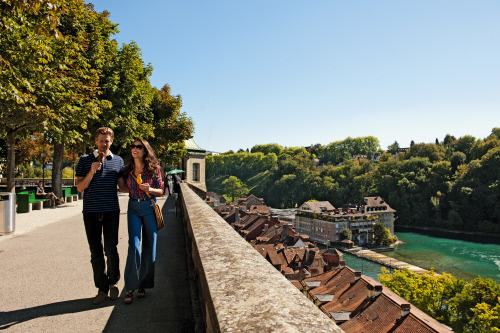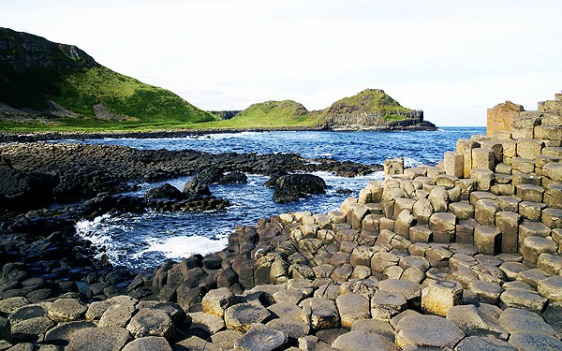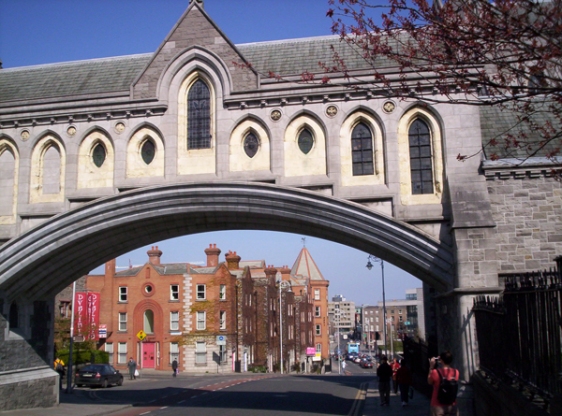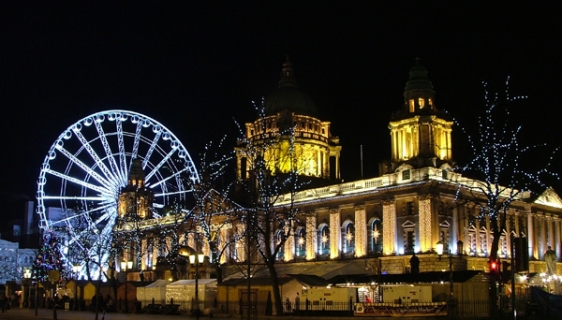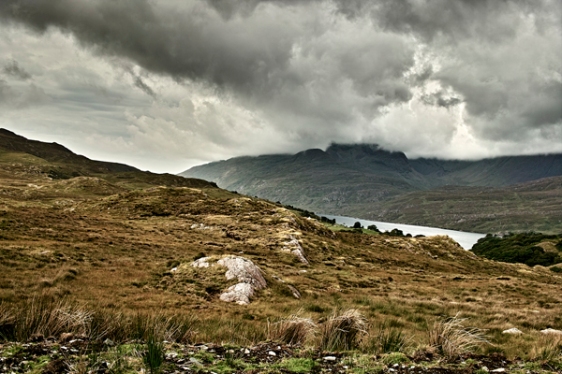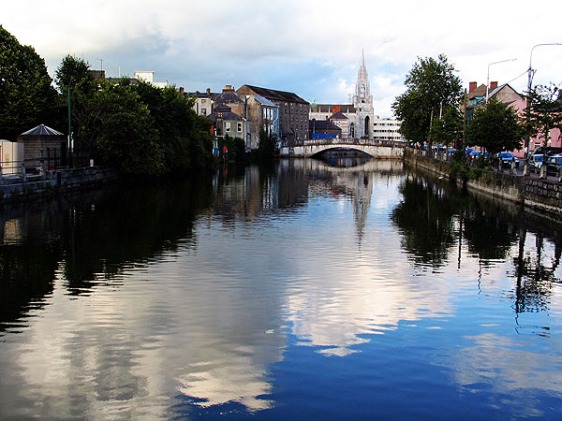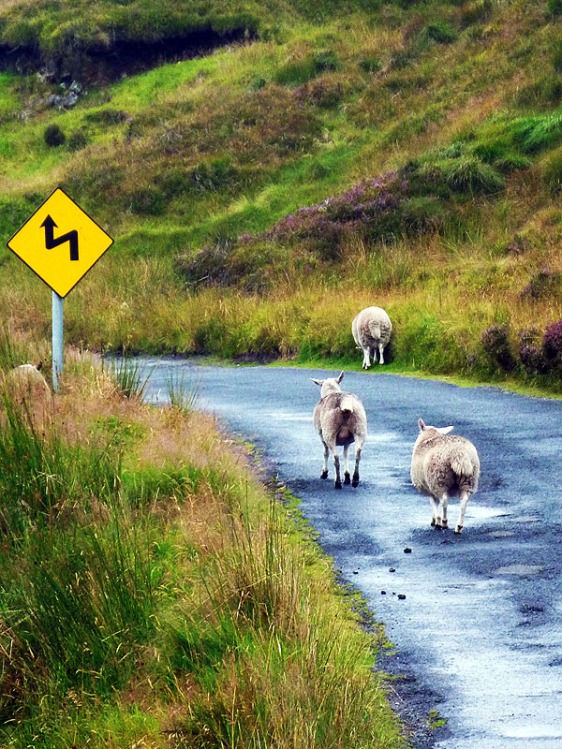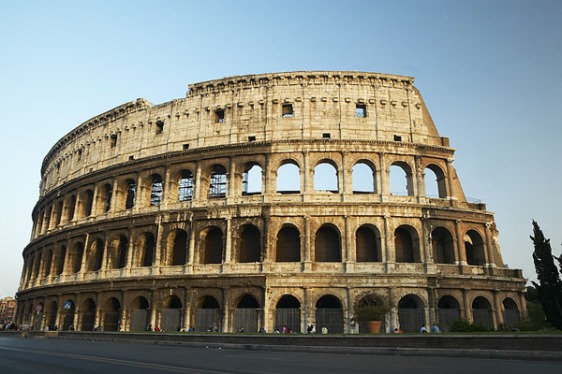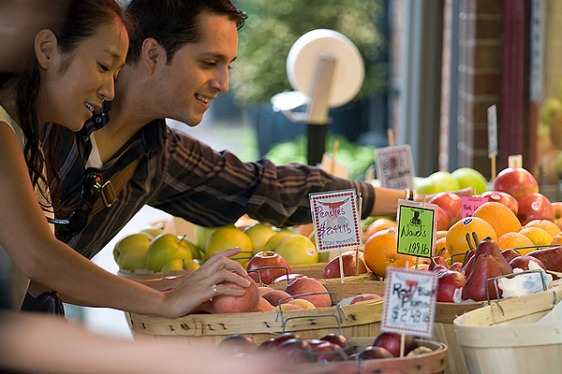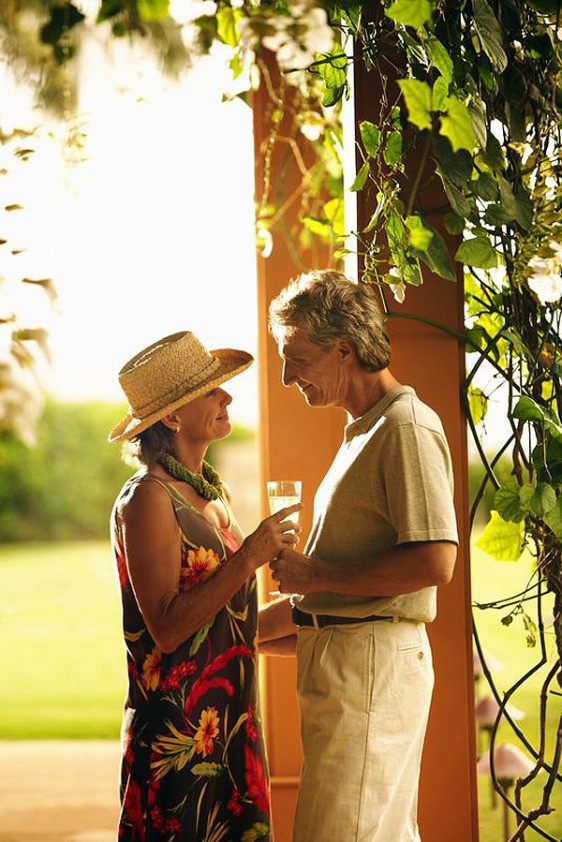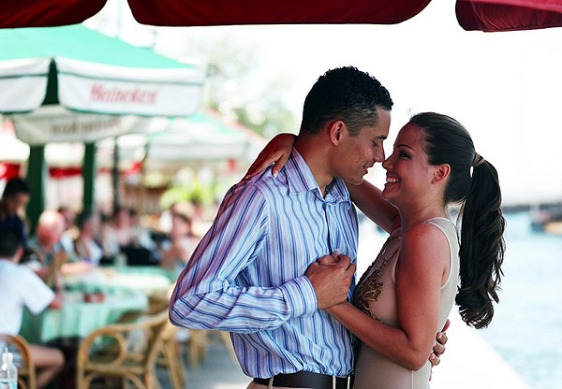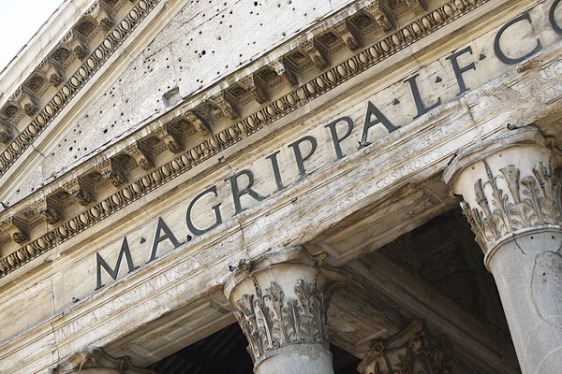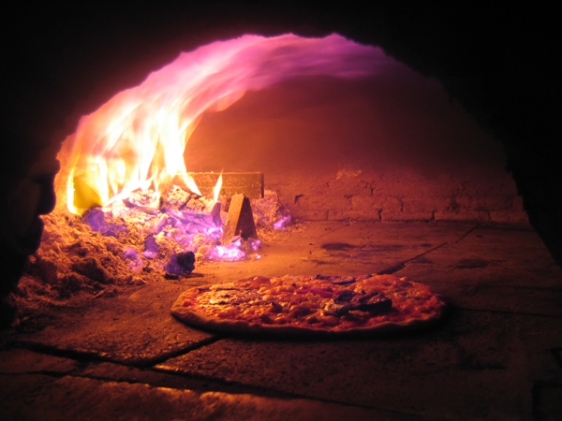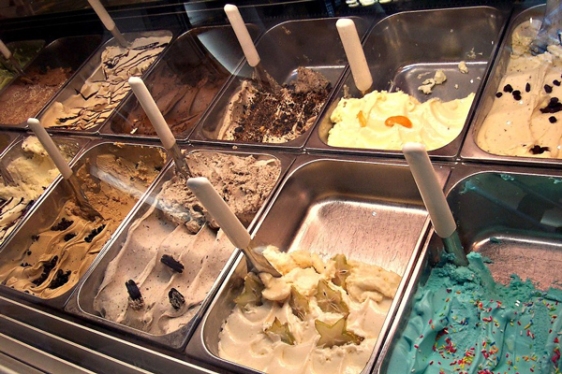Thinking of visiting the Amalfi Coast? Or going on a romantic getaway to Venice? And you want to visit the largest amphitheatre in the world? Italy has and always will be a popular tourist destination; with Rome being ranked 12 out of 100 top city destinations in the world. While in the midst of dreaming and planning out your vacation, you might wonder, when is the best time to go Italy? There are a few factors that likely influence your decision: The weather, the crowds, the time you have available, and your budget. 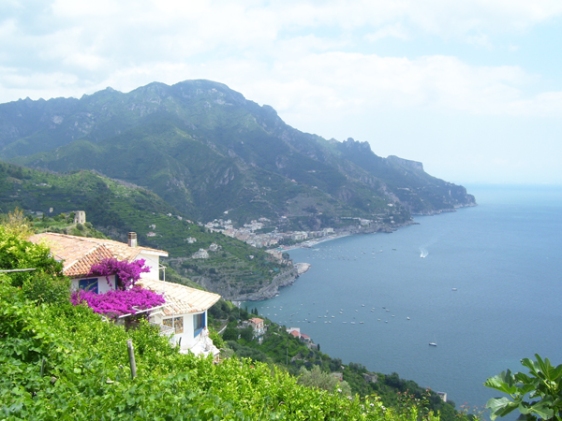 The Seasons
The Seasons
Just like any destination, there are high and low seasons for travel–high season meaning cities crawling with tourists, and long wait lines for popular attractions. Low season on the other hand can mean you encounter closed shops or restaurants and the weather might not be as nice.
High and low season influence cost, particularly airfare and hotel pricing. Train tickets, transfer and sightseeing tours & tickets are usually not affected by the season.
High Season
Italy’s high season generally starts in May, it runs through to Mid-July, slacks for a month and picks back up in September through October. Easter is also a very popular time for tourist to flock to Italy, so depending on when Easter falls, high season could start as early as April. This applies to just about majority of the very popular destinations throughout Italy, such as Rome, Venice, Tuscany, The Amalfi Coast, The Lakes, Milan and Sicily.
One exception are parts of Northern Italy where skiing is one of the major tourist attractions. Prices in those places peak throughout the winter months.
 May 1 is Italy’s Labor Day. Many shops, restaurants and some tourist sites will be closed since it’s a national holiday. This is the first big month for travel, so if you think you’ll be crowd-free, think again. However, crowds are nothing like June, July and August. May is about as good as it gets weather-wise, it’s not too hot, and not too cool. It’s a beautiful time to visit, clear skies, very little rain. It will be perfect for a walk on the beach, however it will likely be still a bit chilly for swimming in the Mediterranean. Generally you can expect the weather to be in the 70s, and it only gets warmer when June rolls around. July tends to be very packed and it’s not unusual to wait hours at ticket lines to attractions. The weather gets hot. You can expect temperatures to soar to the 80s and 90s. Restaurants and hotels do not necessarily have air-conditioning so if you have a hard time with heat, it is something you will want to pay particular attention to.
May 1 is Italy’s Labor Day. Many shops, restaurants and some tourist sites will be closed since it’s a national holiday. This is the first big month for travel, so if you think you’ll be crowd-free, think again. However, crowds are nothing like June, July and August. May is about as good as it gets weather-wise, it’s not too hot, and not too cool. It’s a beautiful time to visit, clear skies, very little rain. It will be perfect for a walk on the beach, however it will likely be still a bit chilly for swimming in the Mediterranean. Generally you can expect the weather to be in the 70s, and it only gets warmer when June rolls around. July tends to be very packed and it’s not unusual to wait hours at ticket lines to attractions. The weather gets hot. You can expect temperatures to soar to the 80s and 90s. Restaurants and hotels do not necessarily have air-conditioning so if you have a hard time with heat, it is something you will want to pay particular attention to.
 Come August most people can’t take the heat, and leave for the beach. Availability is much better at that time, however pricing might still be up. Most Italians are headed to the shores in August for the Italian holiday Ferragosto, so a lot of family owned shops, restaurants, cantinas and cafes will be closed, although the big attractions will remain open. August can make cities like Rome feel like a ghost town, so if you’re the type to enjoy big crowds and people watching, this is not the time to go.
Come August most people can’t take the heat, and leave for the beach. Availability is much better at that time, however pricing might still be up. Most Italians are headed to the shores in August for the Italian holiday Ferragosto, so a lot of family owned shops, restaurants, cantinas and cafes will be closed, although the big attractions will remain open. August can make cities like Rome feel like a ghost town, so if you’re the type to enjoy big crowds and people watching, this is not the time to go.
 September is also one of the busiest month for travel, particularly for European tourists as they usually have a long fall break. Popular destinations will book up quickly, especially Tuscany. September doesn’t seem like it would be a contender for the most desired time to go, but why? The weather. It’s still summer in Italy, and September still has beautiful 70 and 80 degree days; it’s pretty much like June. September is a really great time to go in terms of weather but remember, make sure to book well ahead of time, Cumar Gold Travel recommends at least 6 months ahead of time.
September is also one of the busiest month for travel, particularly for European tourists as they usually have a long fall break. Popular destinations will book up quickly, especially Tuscany. September doesn’t seem like it would be a contender for the most desired time to go, but why? The weather. It’s still summer in Italy, and September still has beautiful 70 and 80 degree days; it’s pretty much like June. September is a really great time to go in terms of weather but remember, make sure to book well ahead of time, Cumar Gold Travel recommends at least 6 months ahead of time.
Low Season
The rest of the year is pretty much considered low season in Italy, though there is a rise in tourists around holidays such as, Christmas, New Years and Valentine’s Day. November marks the start of the low season, which goes up till the end of March. For most Italian cities, you can expect to get a lot of rain, about 4.5-5 inches of it during the month. The weather will be quite mild, with temperatures in the 40s and 50s with grey skies. Keep in mind that there are other Italian holiday’s that may have closures for some of the sites, especially the Vatican; Nov. 1 (All Saints Day), Dec. 8 (Feast Day of the Immaculate) and Dec. 26 (Santo Stefano).
Although it will be busy in the major cities come New Years, it will quiet down by the second week of January. Hotels and airfares will be cheaper, so if you want time to wander around sites minus crowds and can handle the cold, January is the time to go. January is the coldest time of the year in Italy (30 degrees), so pack warm clothes, though the more south you go, the milder it will get. It is a great time to experience an authentic Italy with less tourists. However, you will also miss out on the people watching while sipping on a coffee in the piazza. 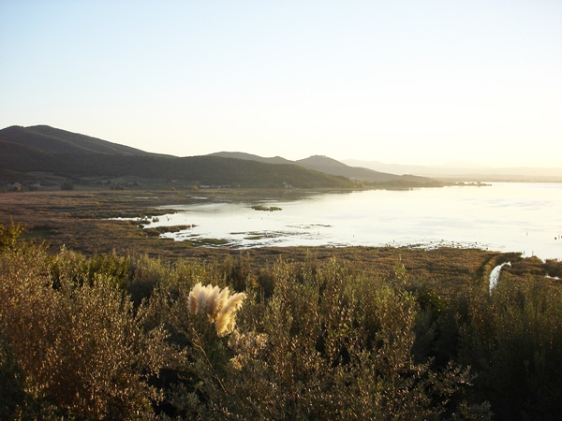 Other things to consider is though January and February are in the low season and there tends to be a substantial drop in tourists, places like Venice and Viareggio will be busy with celebrating Carnevale, so they’ll have higher prices compared to other Italian cities such as Rome and Florence. If your prime reason to visit Italy during the winter is to ski the Alps–which is the best time–it is also the most expensive.
Other things to consider is though January and February are in the low season and there tends to be a substantial drop in tourists, places like Venice and Viareggio will be busy with celebrating Carnevale, so they’ll have higher prices compared to other Italian cities such as Rome and Florence. If your prime reason to visit Italy during the winter is to ski the Alps–which is the best time–it is also the most expensive.
Shoulder Seasons
In-between the low and high seasons are a few months of time called the “shoulder seasons.” Typically, the shoulder seasons have reasonable weather and prices. March and October are considered those sweet spots between the high and low seasons. Though weather can be unpredictable and it’s mostly mild, you can still get fairly beautiful weather that ranges from 40 to 60 degrees, with chances of little rain.
This is considered to be one of the best times to visit Italy if you’re willing to take a chance on the weather, or you want less crowds so you can roam freely and take your time at tourist destinations.
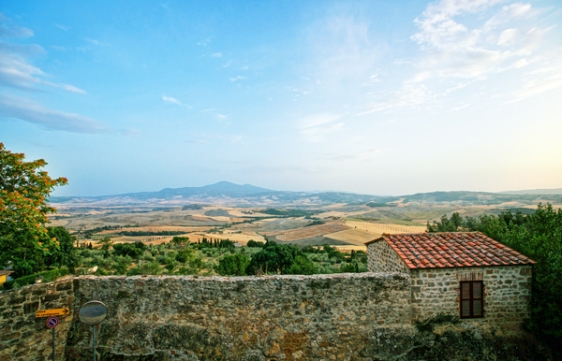 The Vatican
The Vatican
If Rome and the Vatican are on the top of your list make sure to check the Papal city’s schedule of events. A canonization for example can mean an invasion of people for the time you are there. This will affect your sightseeing as well as availability in major ways.
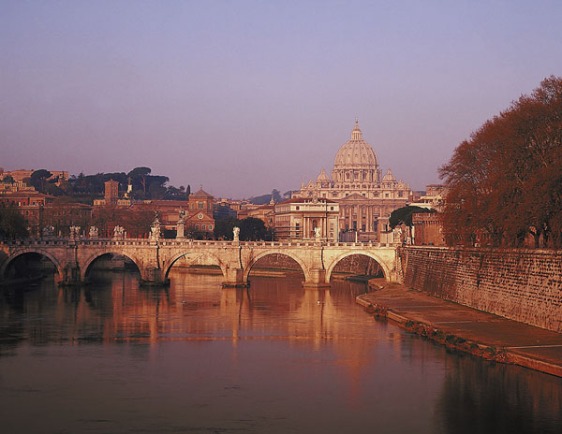
 Written by STEPHANIE JELLETT
Written by STEPHANIE JELLETT
Stephanie Jellett is interning as a travel writer and social media manager at AAV Travel. You can contact her at stephanieljellett@gmail.com
in conjunction with AAV Travel’s Italy Expert

STEFANIE PICHONNAT
Stefanie Pichonnat is the Italy Specialist at Cumar Gold Travel, a boutique travel firm specialized in creating and customizing personalized travel itineraries. You can contact her at stefanie@aav-travel.com
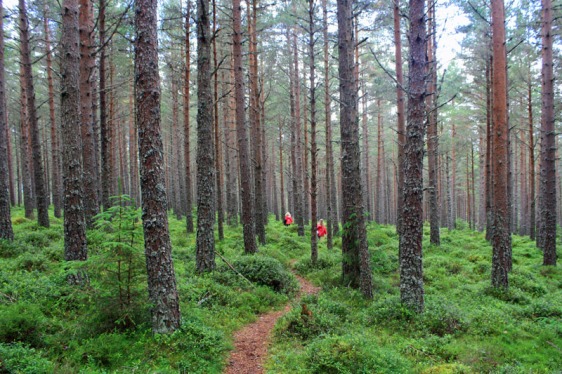 The idea that day, was to take a stroll along the Ryovan Pass to the Ryovan Loch which is known for its vividly green color. People say that its color is due to the fact that the local fairies wash their clothes there. Always on the lookout for fairies, we were eager to head that way. I didn’t have much information on how exactly to get there, but knew that we had to park by the National Outdoor Training Center, at Glenmore Lodge.
The idea that day, was to take a stroll along the Ryovan Pass to the Ryovan Loch which is known for its vividly green color. People say that its color is due to the fact that the local fairies wash their clothes there. Always on the lookout for fairies, we were eager to head that way. I didn’t have much information on how exactly to get there, but knew that we had to park by the National Outdoor Training Center, at Glenmore Lodge.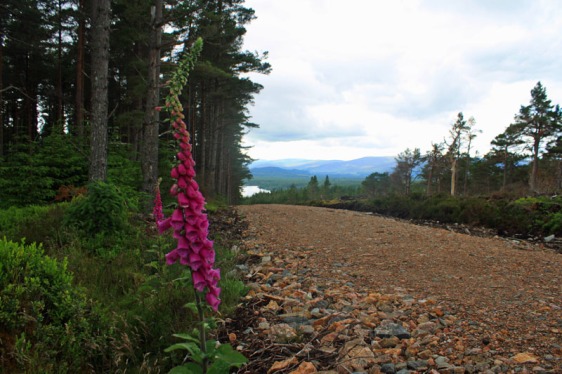 The view that greeted us was spectacular! With Loch Morlich and distant mountain ranges. We decided to follow the dirt road further uphill. It soon stopped and led us onto a smaller path through more woods.
The view that greeted us was spectacular! With Loch Morlich and distant mountain ranges. We decided to follow the dirt road further uphill. It soon stopped and led us onto a smaller path through more woods.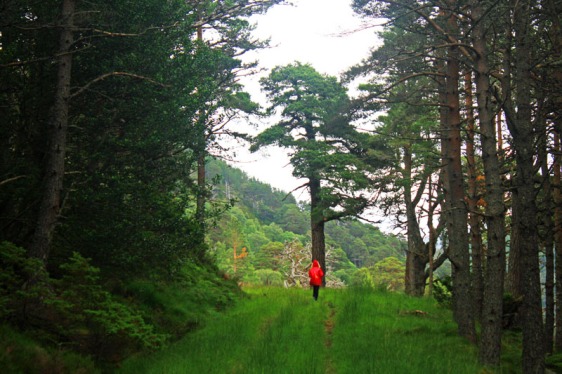 Scotland has so many areas of incredible beauty and it is one of those places, where getting off the beaten path means you will be on your own. The entire landscape is there for you to soak up, and enjoy. It still has a very untouched feel and radiates an incredible energy. It is as if you get to the heart of nature, where everything is pure and you can feel the pulse of the earth and smell of the air as it is supposed to be.
Scotland has so many areas of incredible beauty and it is one of those places, where getting off the beaten path means you will be on your own. The entire landscape is there for you to soak up, and enjoy. It still has a very untouched feel and radiates an incredible energy. It is as if you get to the heart of nature, where everything is pure and you can feel the pulse of the earth and smell of the air as it is supposed to be.
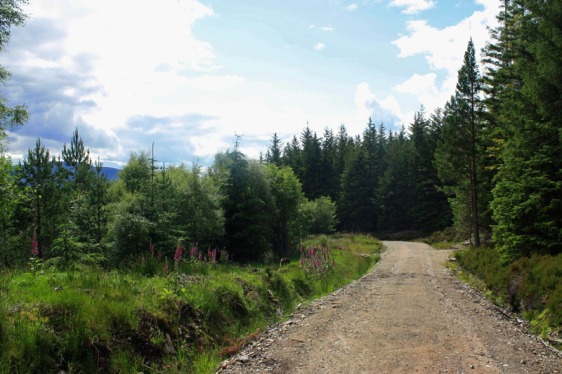 We had set out to find a loch colored with fairy water that day, but found an incredible place uphill instead. We never doubted that fairies must live there. We even spotted a small stream with reddish water. And maybe, just maybe, fairies are as meticulous in separating their laundry by colors as we are.
We had set out to find a loch colored with fairy water that day, but found an incredible place uphill instead. We never doubted that fairies must live there. We even spotted a small stream with reddish water. And maybe, just maybe, fairies are as meticulous in separating their laundry by colors as we are. Written by STEFANIE PICHONNAT
Written by STEFANIE PICHONNAT
